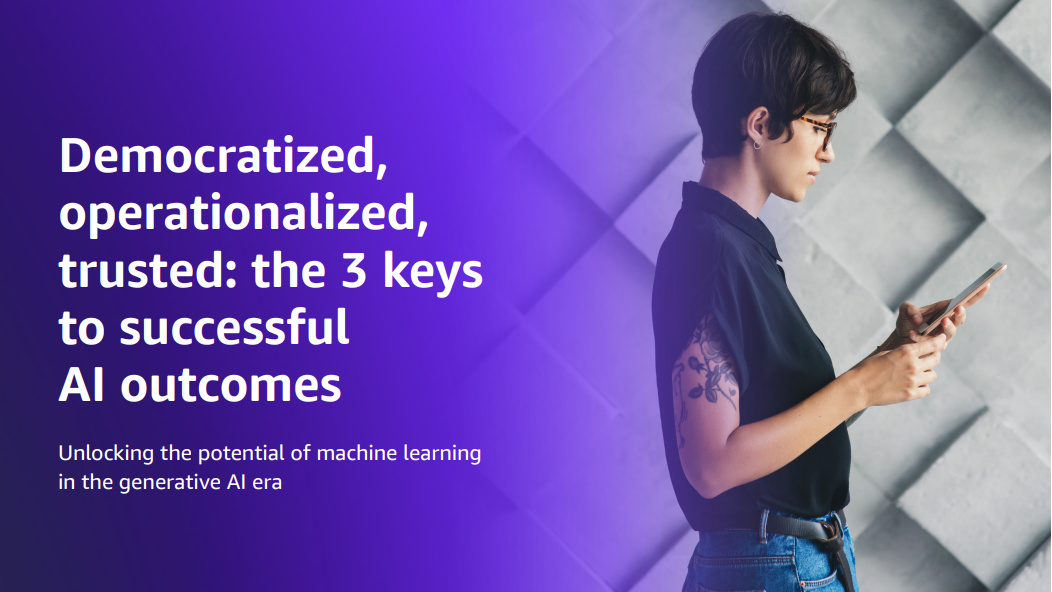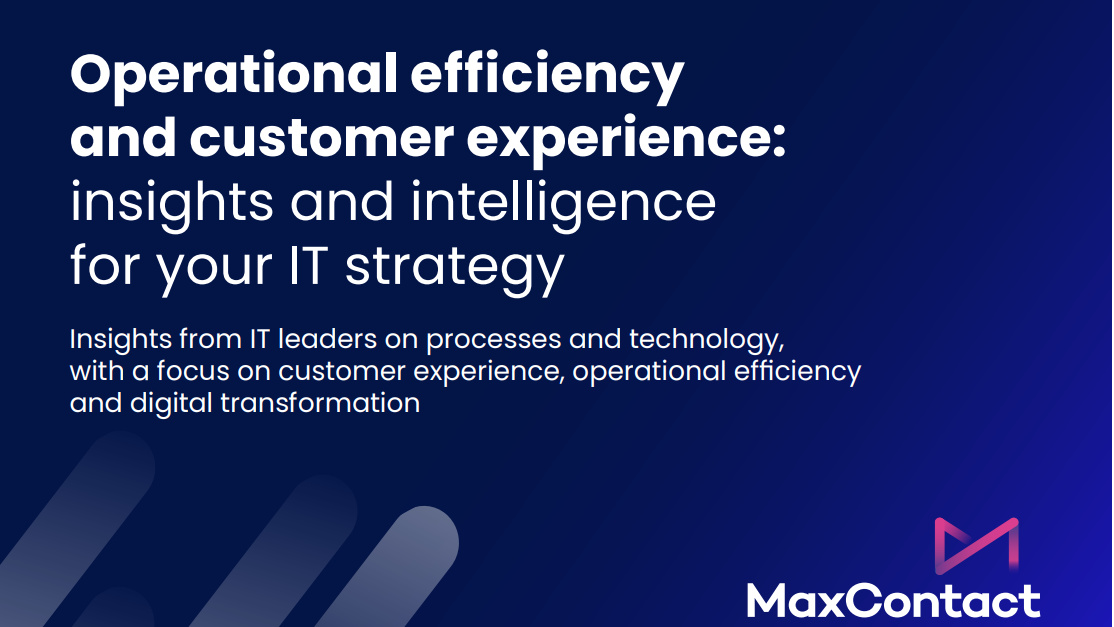AWS brings Amazon Alexa voice commands to the office
Voice will be the primary way of interacting with IT systems, predicts CTO Werner Vogels

Voice commands will transform the way we interact with office devices and backend IT infrastructure, according to AWS, which is bringing Alexa into the workplace.
The voice assistant, which sits inside Amazon's Echo speakers, is coming to work with the initial aim of simplifying meetings.
Speaking at AWS re:Invent 2017, Amazon CTO Werner Vogels said: "Meetings are always starting late, because you have to connect your laptop, you have to guide in through the conference system ... it's a nightmare.
"Alexa for Business is a fully managed service for having many Alexa devices at work, to manage the users, to manage unique skills you may have, and to work.
"You no longer ever have to type in a conference ID - you can say, 'hey Alexa, start a meeting', because it knows which room you're in and which meeting should be taking place there."
Integrations with the likes of Cisco and Polycom ensure Alexa works with their conferencing services. Wogels also outlined calendar integrations and connections to office printers to simplify printing.
But there's also a string of other integrations: with on-premise Exchange email, Office 365 and G Suite productivity tools, and line-of-business applications from Salesforce, which users can ask questions of through Alexa, to SAP's HR-focused SuccessFactors and expenses software Concur.
Sign up today and you will receive a free copy of our Future Focus 2025 report - the leading guidance on AI, cybersecurity and other IT challenges as per 700+ senior executives
Users can even put queries to their Splunk analytics environment.
For AWS, and Vogels in particular, voice is the natural way to communicate with IT applications and infrastructure, even databases - more so than by frantically clicking on a mouse and tapping on a keyboard.
"Voice is the first disruption that will happen driven by the capabilities of deep learning tools," Vogels said. "It's a natural way of interacting with your systems. It will also mean that you're going to build your backend systems with them."
Alexa for Business will also enable IT departments to manage and provision 25 Alexa-enabled devices at a time, and assign skills like the integrations mentioned above, or integrations they build themselves, and manage who can use them.
"The next-generational systems will be built with conversational interfaces," Vogels said. "This will become the main interface to your systems."
Alois Reitbauer, VP and chief technical strategist at Dynatrace, which is partnering with AWS to offer performance monitoring of Alexa voice interactions, told IT Pro that voice will play a big part in the office, but it won't replace other forms of communication.
"The feedback we get is that especially DevOps teams and development teams would rather interact via [instant messaging] chat, and that's also why we have a Slack integration as well," he said."A situation where voice makes sense is a stand-up meeting in the morning - everyone comes in, they have to stand up, they want to ask a question, ad hoc, about something and it's easy to ask a question [to Alexa], go back to chat and then bring it up [the answer]."
Dynatrace has its own AI assistant, davis, that troubleshoots IT issues, sitting behind Alexa and Slack as frontends for technical queries.
"It's a mixed media interaction we'll see there," Reitbauer said, explaining that a verbal question could result in a text-based answer.
-
 Tapping into the ’touch grass’ movement in cybersecurity
Tapping into the ’touch grass’ movement in cybersecurityIndustry Insights With cybersecurity experiencing a ’touch grass’ moment, what role should resellers play?
-
 Cyber resilience in the UK: learning to take the punches
Cyber resilience in the UK: learning to take the punchesColumn UK law now puts resilience at the centre of cybersecurity strategies – but is legislation simply catching up with enterprise understanding that resilience is more than just an IT issue?
-
 Achieving business outcomes with generative AI
Achieving business outcomes with generative AIWebinar Take your hybrid cloud journey to the next level with generative AI
-
 The three keys to successful AI and ML outcomes
The three keys to successful AI and ML outcomesWhitepaper Unlocking the potential of machine learning in the generative AI era
-
 Clarity of AI implementation is a primary concern for UK employees
Clarity of AI implementation is a primary concern for UK employeesNew research finds workers are enthusiastic about implementing AI but are in the dark over how it will happen
-
 Operational efficiency and customer experience: Insights and intelligence for your IT strategy
Operational efficiency and customer experience: Insights and intelligence for your IT strategyWhitepaper Insights from IT leaders on processes and technology, with a focus on customer experience, operational efficiency, and digital transformation
-
 The four pillars of excellence for technology leaders
The four pillars of excellence for technology leaderswhitepaper Download this CIOs business case for integration and automation
-
 Sustainability at scale, accelerated by data
Sustainability at scale, accelerated by dataWhitepaper A methodical approach to ESG data management and reporting helps GPT blaze a trail in sustainability
-
 Bing and Edge AI hits open preview, with chat history and multimodal promise
Bing and Edge AI hits open preview, with chat history and multimodal promiseNews Bing and Edge have been given a visual boost, and will now support third-party integration
-
 How to help IT manage itself with autonomous operations
How to help IT manage itself with autonomous operationsWhitepaper Using AI and automation to proactively adapt to business disruptions